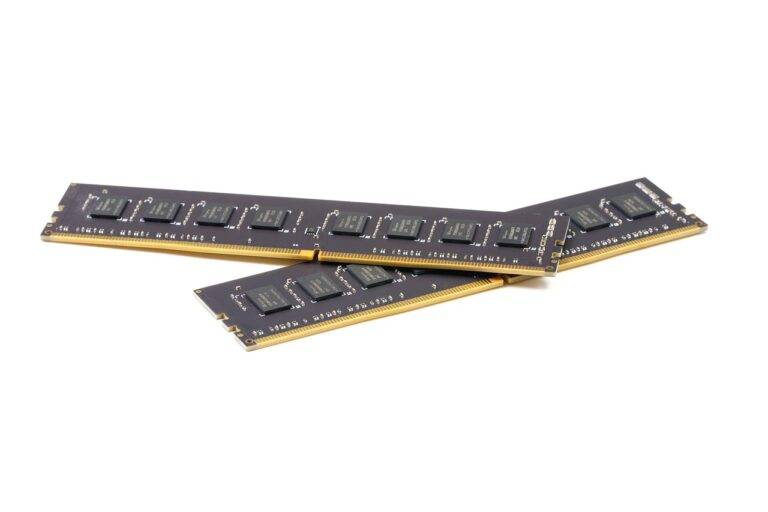The Role of Tech in Sustainable Building Design
Technology has revolutionized the way we design and construct buildings, leading to a significant shift towards sustainable building practices. Sustainable building design aims to reduce the environmental impact of construction and operation of buildings while creating healthy and efficient spaces for occupants. In this article, we will explore the role of technology in sustainable building design and how it is shaping the future of the construction industry.
Building Information Modeling (BIM)
Building Information Modeling (BIM) is a powerful technology that allows architects, engineers, and construction professionals to design, visualize, and simulate buildings in a digital environment. BIM enables stakeholders to collaborate more effectively, resulting in better decision-making and improved project outcomes. It also allows for the analysis of various sustainable design strategies, such as energy-efficient HVAC systems, natural lighting, and green roofs, to optimize building performance while reducing environmental impact.
Sustainable Materials
Advancements in technology have led to the development of sustainable building materials that are not only eco-friendly but also high-performing. For example, researchers are exploring the use of materials like bamboo, recycled glass, and reclaimed wood in construction to reduce carbon emissions and waste. Additionally, new technologies such as 3D printing and robotics are being used to create innovative building materials that are more durable, energy-efficient, and cost-effective.
Energy-Efficient Systems
Energy efficiency is a key component of sustainable building design, and technology plays a crucial role in achieving this goal. Smart building systems, sensors, and automation tools enable buildings to monitor and optimize energy consumption in real-time, reducing operating costs and environmental impact. Renewable energy sources such as solar panels, wind turbines, and geothermal systems are also being integrated into building designs to generate clean and sustainable power.
Green Building Certifications
Green building certifications, such as LEED (Leadership in Energy and Environmental Design) and BREEAM (Building Research Establishment Environmental Assessment Method), are driving the adoption of sustainable building practices worldwide. These certifications recognize buildings that meet specific sustainability criteria related to energy efficiency, water conservation, indoor environmental quality, and materials selection. Technology plays a vital role in achieving these certifications by providing tools for energy modeling, daylight analysis, and life cycle assessment.
Waste Reduction and Recycling
Technology is also being used to reduce waste and promote recycling in the construction industry. Building Information Modeling (BIM) software can track materials throughout the construction process, making it easier to identify opportunities for waste reduction and recycling. Additionally, advances in recycling technologies are enabling builders to repurpose materials like concrete, steel, and glass, reducing the demand for new resources and minimizing the environmental impact of construction.
Water Conservation
Water scarcity is a growing concern globally, making water conservation a critical aspect of sustainable building design. Innovative technologies such as low-flow fixtures, graywater recycling systems, and rainwater harvesting are being incorporated into buildings to reduce water consumption and promote efficient use of this precious resource. By integrating these technologies into building designs, architects and engineers can create water-efficient buildings that minimize environmental impact and support sustainability goals.
FAQs
What is sustainable building design?
Sustainable building design aims to reduce the environmental impact of construction and operation of buildings while creating healthy and efficient spaces for occupants. It involves incorporating green building practices, renewable energy sources, and environmentally friendly materials to minimize resource consumption and waste.
How does technology contribute to sustainable building design?
Technology plays a crucial role in sustainable building design by enabling architects, engineers, and construction professionals to collaborate more effectively, analyze sustainable design strategies, monitor energy consumption, and optimize building performance. It also facilitates the integration of renewable energy sources, green building materials, and water conservation systems into building designs.
What are some examples of sustainable building materials?
Some examples of sustainable building materials include bamboo, recycled glass, reclaimed wood, cork flooring, and recycled steel. These materials are eco-friendly, durable, and energy-efficient, making them ideal for sustainable construction projects.
How can sustainable building design benefit the environment?
Sustainable building design benefits the environment by reducing carbon emissions, conserving natural resources, minimizing waste, and promoting biodiversity. By incorporating green building practices and renewable energy sources, sustainable buildings can help combat climate change, reduce pollution, and create healthier living environments for occupants.
Conclusion
As technology continues to advance, the role of tech in sustainable building design will only become more critical in addressing the environmental challenges facing the construction industry. By leveraging innovative technologies, architects, engineers, and builders can create buildings that are not only energy-efficient and environmentally friendly but also healthier and more comfortable for occupants. The future of sustainable building design lies in the integration of smart technologies, renewable energy sources, and sustainable materials to create buildings that are truly sustainable and resilient in the face of a changing climate.





